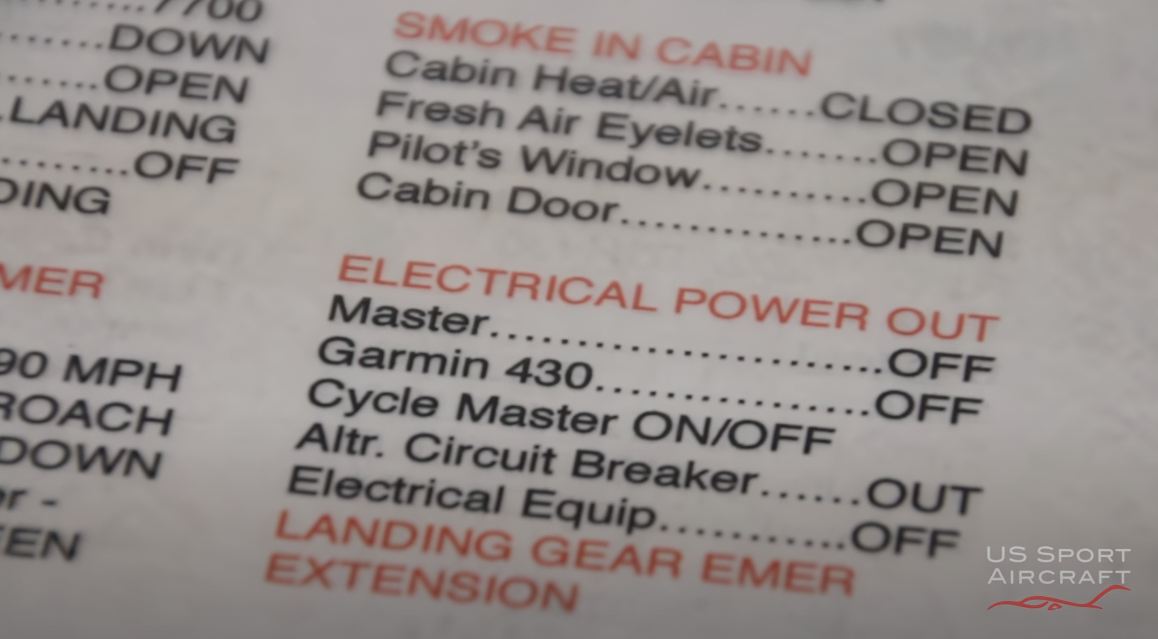While in-flight emergencies are rare for a well-prepared pilot flying a well-maintained aircraft, being prepared is crucial. Regularly practicing emergency procedures with a certified flight instructor builds confidence and sharpens your response skills, ensuring you’re ready to act quickly if an emergency arises. Here’s an overview of five critical emergency scenarios that every pilot should be familiar with. Check out the attached video for more insights on each one!
1. Alternator Failure
An alternator failure can lead to a rapid loss of electrical power, impacting avionics, lighting, and other critical systems. Here’s what to focus on:
- Recognize: Look for warning lights or check your ammeter or voltmeter for abnormalities.
- Respond: Conserve power by shutting down non-essential electronics, communicate with ATC, and prepare for a possible return or diversion.
2. In-Flight Fire
Fires can be catastrophic if not handled immediately. Fires may be caused by electrical faults, engine issues, or other system malfunctions.
- Recognize: Smell of smoke, sparks, or visible flames are immediate indicators.
- Respond: Follow the fire checklist for the type of fire (e.g., electrical or engine). Shut down affected systems and, if necessary, make an emergency landing.
3. Parachute Deployment
For aircraft equipped with an emergency parachute system, like the CAPS (Cirrus Airframe Parachute System), knowing when and how to use it is vital.
- Recognize: Deploy the parachute only if traditional emergency procedures won’t ensure a safe landing, such as in severe structural failure or terrain-related issues.
- Respond: Understand and follow the deployment procedure, which includes reducing speed to recommended levels and pulling the activation handle firmly.
4. In-Flight Engine Failure
An engine failure in-flight is rare, but it demands immediate action.
- Recognize: A sudden drop in RPM, rough running, or unusual noises are early signs of trouble.
- Respond: Establish best glide speed, look for a suitable landing spot, and attempt a restart if possible. Alert ATC and proceed with emergency landing steps as needed.
5. Engine Failure on Takeoff
An engine failure on takeoff requires rapid decision-making since you’re close to the ground.
- Recognize: Reduced or complete loss of power right after takeoff.
- Respond: If at a low altitude, avoid turning back to the runway. Instead, land straight ahead or within a narrow arc, as turning can be too risky at low speeds and altitudes. Use your training to maintain control and minimize descent rate.
Being proactive with these emergency procedures ensures you’re ready to manage them with confidence and calm. Review these situations regularly and watch the video to see how experienced pilots approach each one. Stay prepared, and fly safe!
Video by: US Sport Aircraft


